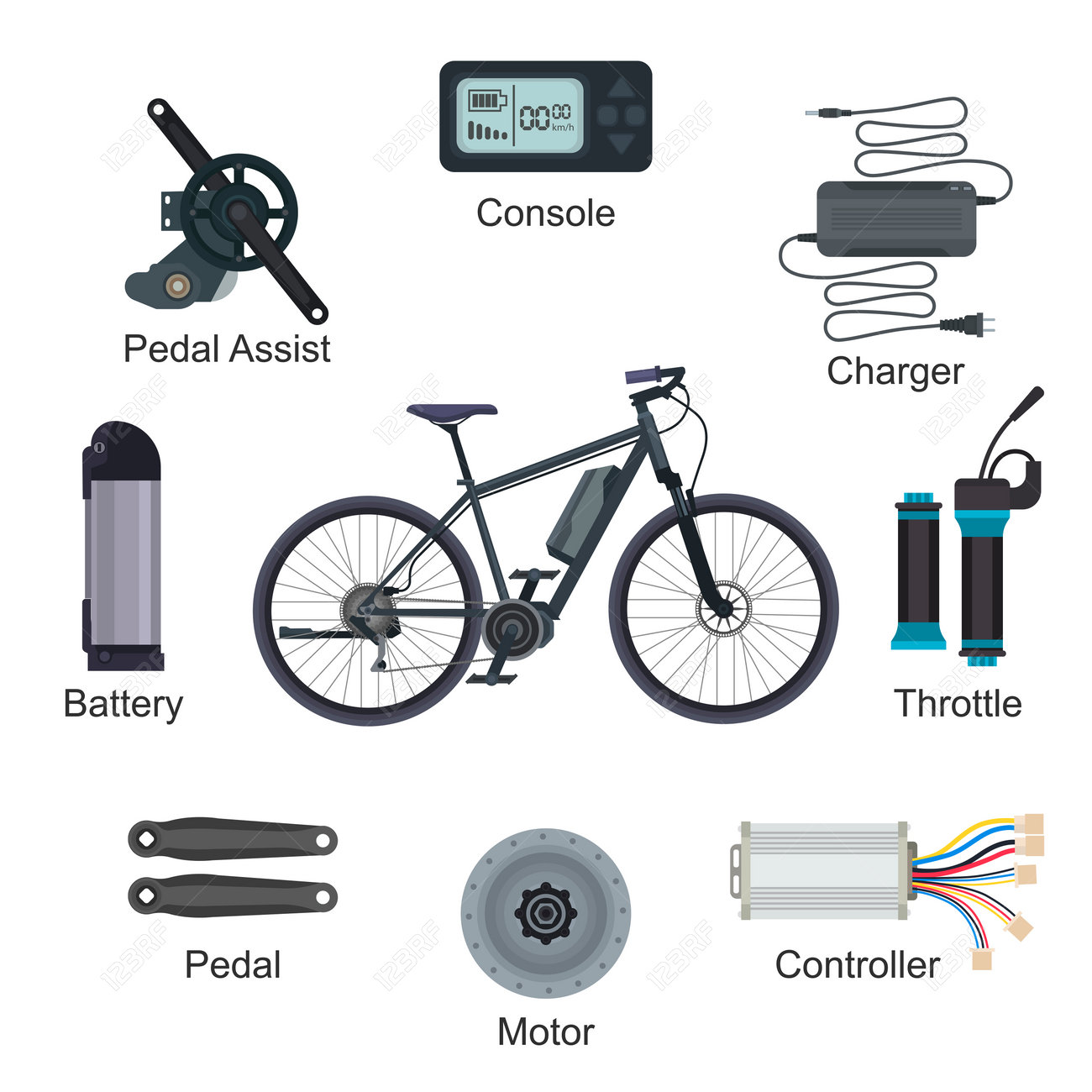Discover The Legal Guidelines In Your Area To Advertise Risk-Free And Liable E-Bike Riding
Discover The Legal Guidelines In Your Area To Advertise Risk-Free And Liable E-Bike Riding
Blog Article
Continue Reading Composed By-Mckee Thompson
Before you hop on your e-bike and hit the streets, it's essential to understand the legislations and policies that control your city. From speed restrictions to marked riding locations, there's a lot to consider to ensure you're compliant and secure. By acquainting yourself with the rules particular to e-bikes, you'll be better geared up to appreciate your adventures without any unforeseen lawful concerns. Remain tuned to find key insights that will assist you navigate the e-bike landscape in your city seamlessly.
Comprehending E-Bike Category
When it pertains to browsing the realm of e-bike laws and guidelines, a vital starting factor is recognizing the classification system that categorizes these electrical bikes. E-bikes are normally categorized right into three main groups: Class 1, Class 2, and Class 3.
Class 1 e-bikes are pedal-assist only, meaning they give aid while the rider is pedaling and have a maximum speed of 20 mph. These bikes are allowed areas where conventional bicycles are permitted.
Course 2 e-bikes are geared up with a throttle that can move the bike without pedaling. They also have a maximum speed of 20 miles per hour and appropriate for cyclists that may need support without pedaling constantly.
Class 3 e-bikes resemble Course 1 however with a greater maximum speed of 28 miles per hour. These bikes are commonly limited from specific bike paths or routes as a result of their greater speeds.
Understanding these categories is vital for complying with regional regulations and guaranteeing a risk-free and enjoyable e-biking experience.
Browsing Speed Restrictions and Limitations
To effectively navigate e-bike laws and guidelines, it's vital to understand the speed limitations and constraints that put on different courses of electrical bikes.
Speed limitations for e-bikes vary relying on the classification of the bike. Course 1 e-bikes, which are pedal-assist only and have a maximum speed of 20 mph, are commonly permitted on bike lanes and paths.
Course 2 e-bikes, which have a throttle along with pedal-assist and also reach speeds of as much as 20 miles per hour, may be restricted in certain areas where motorized vehicles aren't allowed.
Class 3 e-bikes, with pedal-assist up to 28 miles per hour, are normally called for to adhere to the exact same policies as traditional bikes.
It is necessary to follow these rate limits and restrictions to ensure your safety and the safety of others on the road. Before riding your e-bike, acquaint yourself with the specific guidelines in your city to prevent any possible fines or lawful concerns.
Where to Ride Your E-Bike
To establish where you can ride your e-bike, it's important to be aware of the policies and guidelines details to your place. In most areas, e-bikes are normally permitted on roads and roads where traditional bikes are allowed. https://ebiketips.road.cc/content/advice/features/first-ride-pvy-libon-5295 may include bike lanes, bike courses, and shared highways. Nonetheless, ebike battery case to examine regional laws as some cities may have certain constraints on where e-bikes can be ridden.
When riding your e-bike, constantly prioritize safety and security by complying with traffic rules and valuing pedestrian sidewalks. Additionally, bear in mind any assigned bike lanes or courses in your area and use them whenever feasible to make certain a smoother and much safer adventure.
Some cities likewise have policies regarding e-bike use on pathways, so see to it to acquaint on your own with these guidelines to avoid any type of fines or penalties.
Verdict
Since you're familiar with the legislations and laws surrounding e-bikes in your city, you can with confidence hit the trail knowing where you can ride and what restrictions apply to your e-bike category. Bear in mind to always prioritize safety and comply with the regulations to ensure a smooth and lawful trip. Happy riding!
